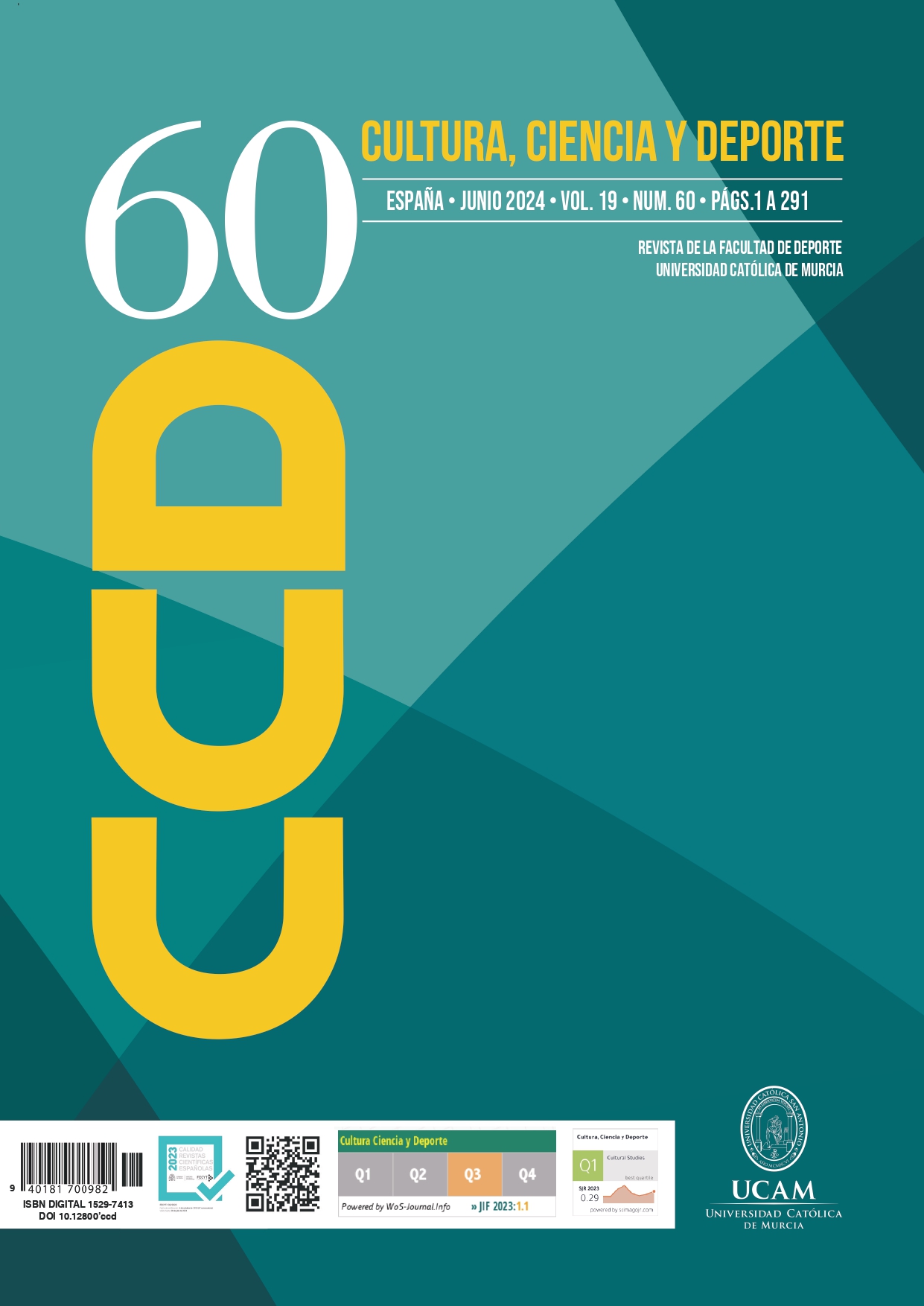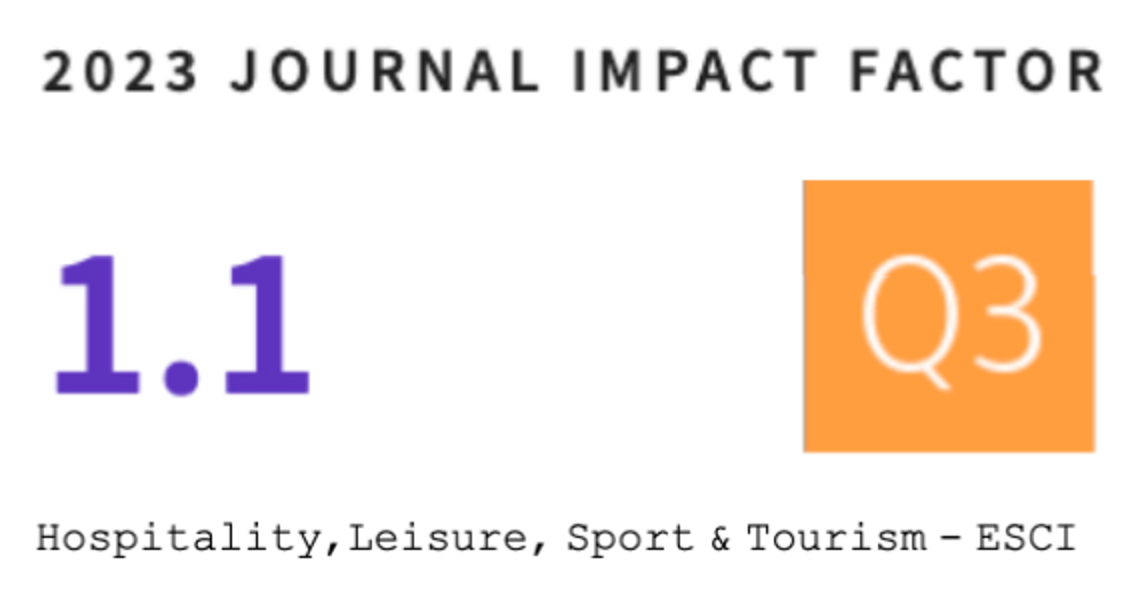Use Of Technologies For The Creation Of New Hybrid Services Based On Physical Exercise To Improve Workers Health: A Case Study
DOI:
https://doi.org/10.12800/ccd.v19i60.2141Abstract
The COVID-19 pandemic brought teleworking into the
spotlight due to the limitations for containing the spread
of the virus, while compulsory confinement increased
the proportion of sedentary or obese workers, and workrelated stress or anxiety. To mitigate these effects, workers should, among other things, engage in physical exercise and take care of their nutrition, and it is the responsibility of companies to facilitate this to their employees. The aim of this study is to analyse the impact on physical health and well-being of a new hybrid pilot service (face-to-faceonline) in a sports centre, evaluating its effectiveness. The methodology used was quantitative, using validated measurement tools such as the short IPAQ version, SF36, electrical bioimpedance, dynamometer, VO2 max, or abdominal waist. The sample n = 44 members who
completed the programme, 45.5% were men and 54.5%
women. Data were analysed using SPSS v28. The results
show that the proposed hybrid programme works, as
it optimised physical activity patterns and metabolic
expenditure, as well as all physical and anthropometric
variables, which experienced statistically significant
improvements. The hybrid programme has been effective,
achieving improvements in all the variables analysed
and demonstrating the advantages it offers to clients,
nutritionists, trainers and the company. These new hybrid
programmes can improve revenues in sports companies
after such a difficult period as the pandemic and postpandemic. Moreover, such hybrid services can help to
improve the physical, mental and social well-being of
workers. In practical terms, the new hybrid service is an
interesting service to be commercialised with a high chance
of success.
Published
How to Cite
Issue
Section
License
Copyright (c) 2024 Creative Commons Attribution License

This work is licensed under a Creative Commons Attribution-NonCommercial-ShareAlike 4.0 International License.
The authors who publish in this journal agree with the following terms:
- The authors retain the copyright and guarantee the journal the right to be the first publication of the work as well as licensed under a Creative Commons Attribution License that allows others to share the work with recognition of the authorship of the work and the initial publication in this journal.














